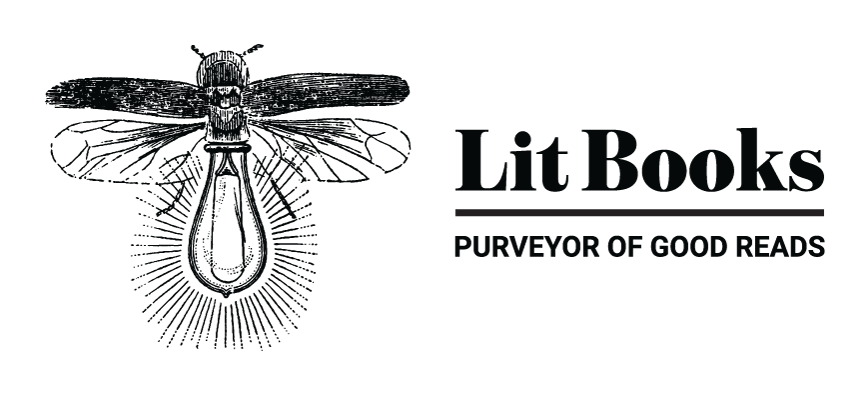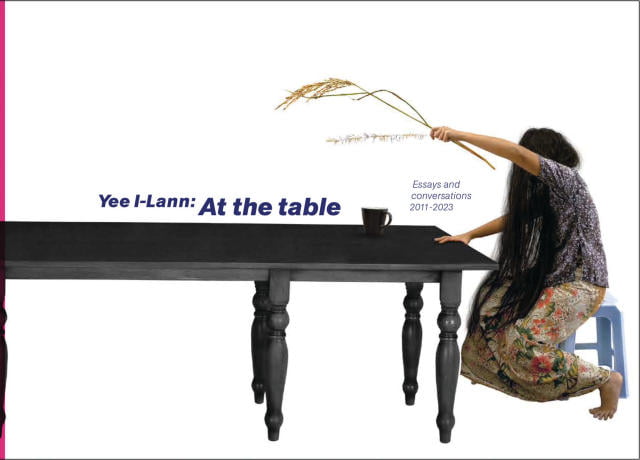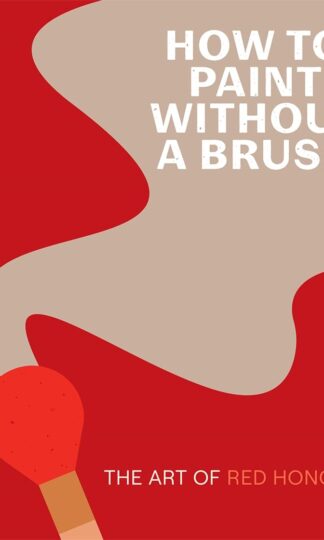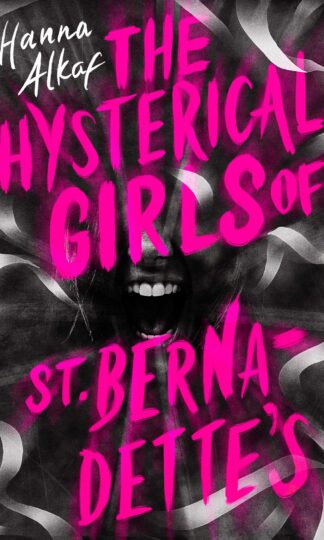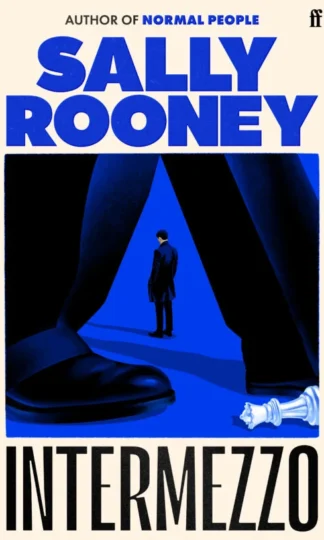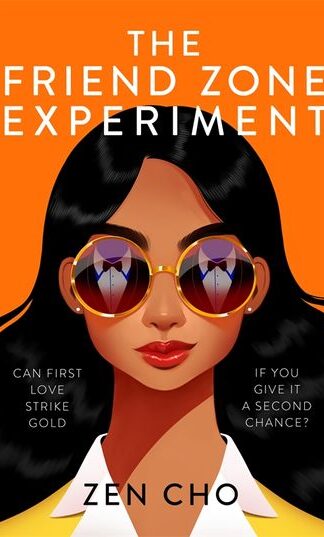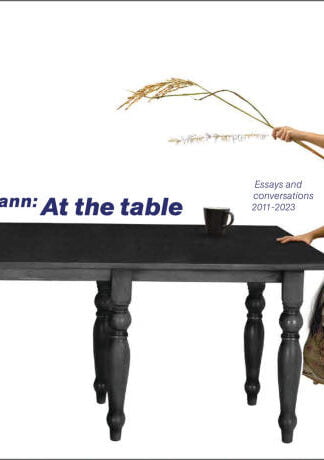Description
(From the Introduction)
Dear Reader,
This is a book of propositions. It follows lines of thinking in an artist’s practice, through different geographics and their landscapes, through economics and politics. It is thinking which draws from different languages and philosophies for living in the world.
Let us consider three images, or visualisations, from Yee 1-Lann’s work, and from her collaborations we will come to read more about later.
The first is a dramatic mise-en-scène. On the cover of this book, there is an image of an unruly woman seated at either end of a long formal table, barefoot and dressed in a batik sarong, her long hair hanging over her face. On the right, she is on a blue plastic stool, one hand firmly down on the table, the other waving a stalk of rice out in front of her. On the left, she is slouched back in an executive’s chair, legs unbecomingly splayed open on the table. It is a picture of trouble, surely, of disruption, of confrontation, full of haunted rage and laughter.
The second is an attempt to visualise an idea, emerging from I-Lann’s conversations with her Dusun Murut weaver collaborators in inland Sabah. In the bamboo pus mats they have made together, there is a traditional basic weave, a simple step rhythm, called in Dusun tukad kad. For its look and feel, it is named for the ridges on the mouth’s palate which become raised when they come into contact with heat or acidity. English readers may be reminded that the words “text” and “texture”, like “textile”, come from the Latin stem texere, from the PIE root teks-to weave, fabricate, make. We can read, understanding that to weave is to make is to create texture to react to a trigger, to create text. When the architecture of the mouth is used to describe art-making, we are reminded of its function as the space between the private and the public, a site of ingestion and expressio, We can see the propositions in this book as tukad had.
The third is a visual proposition. It asks us to think abo how we see and use architecture, and how we see and use power. Picture 60 tables on 60 mats facing you on a wall. The mats are woven by 1-Lann’s weaver collaboration on Pulau Omadal in Semporna, on the coast of Sabah, each using variations of their many different heritage and contemporary Bajau Sama DiLaut pandanus weave patterns. They are richly coloured, mesmerising in their symmetries, their precise and rhythmic geometric expres sions. Into these colourful weaves are woven images of different “tables” in plain pandanus-office bureaus, school desks, dining tables, a speaker’s podium, archal for reading the Quran- of various styles and designs. How do you see the tables in relation to the mats?
I hope the above images might serve as prompts or entry points as we follow the arguments and narrative of the texts to come.
